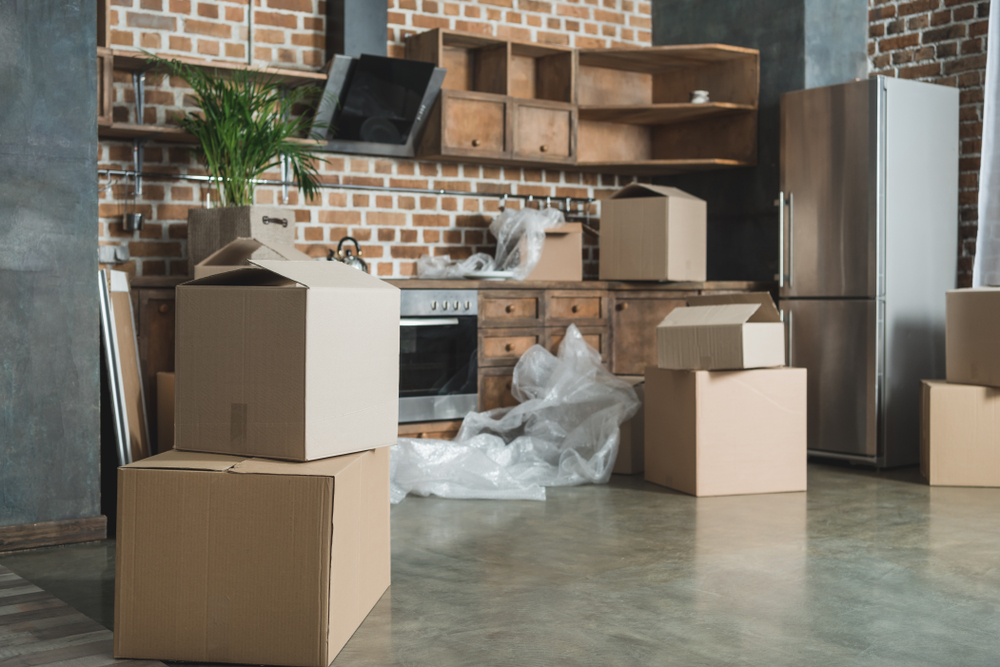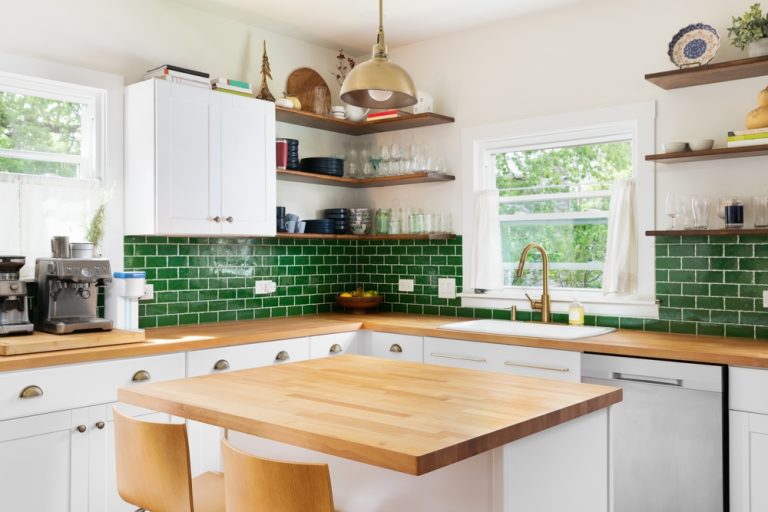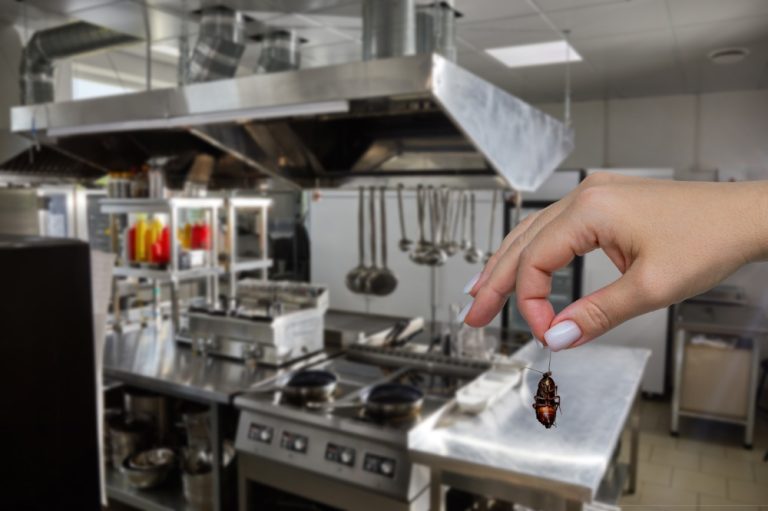How to Pack Kitchen Appliances for Moving

Moving to a new home can be both exciting and stressful, especially when it comes to packing fragile or bulky items like kitchen appliances. Knowing how to pack kitchen appliances for moving can save you time, effort, and potential damage to your valuable appliances.
From small gadgets like blenders and coffee makers to large appliances like refrigerators and ovens, the right packing techniques can ensure they arrive at your new home in perfect condition.
In this blog, we will explore the best methods to pack kitchen appliances efficiently, protecting them from damage and ensuring a smooth transition.
Preparation is Key
Before you begin packing, it’s important to prepare your kitchen appliances for the move. Proper preparation not only makes packing easier but also reduces the chances of damaging your appliances.
Cleaning the Appliances
Before packing, make sure that all your kitchen appliances are clean and dry. This is especially important for larger appliances like refrigerators, ovens, and dishwashers. Any moisture left behind could lead to mold, mildew, or unpleasant odors during transport.
- Refrigerator: Defrost the freezer section at least 24 hours before moving and wipe it dry. Empty all compartments and remove any shelves or trays.
- Small Appliances: For blenders, toasters, or coffee makers, make sure they are free of food particles or liquids.
Unplug and Disassemble
To properly pack your kitchen appliances, ensure they are unplugged and, where possible, disassemble any removable parts. Removing attachments, trays, or shelves will prevent them from shifting during the move and causing damage.
Gathering Packing Materials
Knowing how to pack kitchen appliances for moving involves using the right packing materials. Here are some essential materials to have on hand:
- Sturdy Boxes: Use strong, double-walled boxes to pack your appliances. If you still have the original boxes, these are ideal as they are designed to fit your appliance perfectly.
- Bubble Wrap or Foam Wrap: For protecting delicate or fragile parts of appliances.
- Packing Tape: Ensure you have durable packing tape to seal boxes securely.
- Packing Paper or Towels: These are great for wrapping around smaller items and adding a layer of protection.
- Moving Blankets: For large appliances like refrigerators and ovens, moving blankets can provide extra cushioning.
Packing Small Kitchen Appliances
Packing small appliances like toasters, coffee makers, and microwaves is a relatively easy task, but you’ll still want to take precautions to ensure they arrive intact.
Step-by-Step Packing Process for Small Appliances
- Wrap the Appliance: Wrap each appliance in bubble wrap or foam wrap. Secure the wrap with tape to ensure it doesn’t shift during the move.
- Disassemble and Pack Accessories: If the appliance has removable parts, such as blades or trays, pack these separately. Wrap them in packing paper and place them in the same box.
- Fill Empty Spaces: Once the appliance and its parts are packed, fill any empty space in the box with crumpled packing paper or towels to prevent movement during transit.
- Seal and Label the Box: Use packing tape to securely seal the box. Label the box with the name of the appliance and mark it as “fragile” if necessary.
Tip: If you’re packing several small appliances in the same box, be sure to use dividers or extra padding between them to avoid damage.
Packing Large Kitchen Appliances
Larger kitchen appliances like refrigerators, dishwashers, ovens, and microwaves require special attention due to their size and weight.
Refrigerator
Packing a refrigerator requires extra steps due to its bulk and the need for careful handling. First, make sure the fridge is fully defrosted and cleaned. Remove all detachable components such as shelves and trays. Wrap these parts separately in bubble wrap or packing paper.
- Protecting the Refrigerator: Use a moving blanket to cover the entire appliance and secure it with tape or moving straps. Make sure the door is taped shut, but avoid placing tape directly on the refrigerator’s surface to prevent any adhesive residue.
Dishwasher and Oven
Like refrigerators, dishwashers and ovens require preparation and disassembly before moving. Remove any racks or trays from these appliances and wrap them separately.
- Wrapping and Moving: After cleaning and disconnecting the appliance, cover it with a moving blanket or bubble wrap for added protection. Secure the wrap with tape, ensuring all doors and latches are properly closed to prevent damage.
Microwaves
If you’re wondering how to pack kitchen appliances for moving when it comes to microwaves, follow a similar process as with small appliances. Remove the glass turntable inside, wrap it separately, and make sure the door is securely closed. If you have the original box, use it; otherwise, a sturdy cardboard box with extra padding will work.
Special Considerations for Gas Appliances
For kitchens with gas-powered appliances like stoves or ovens, it’s important to take extra care when moving. You’ll need a professional to disconnect the gas line safely before attempting to pack or move the appliance.
Disconnecting and Securing
Once disconnected, remove any removable parts such as burners and grates, and pack them separately. Make sure to thoroughly clean the appliance and secure the doors with tape. Use a moving blanket to wrap the stove or oven and protect it from scratches during transport.
How to Label and Organize Boxes?
To make unpacking easier, it’s essential to label your boxes clearly. When deciding how to pack kitchen appliances for moving, be sure to label each box with the name of the appliance, and mark it as “fragile” if necessary.
- Room Labels: Label each box with the room it belongs in, such as “kitchen,” to ensure it goes to the right place when unpacking.
- Organize by Appliance: For small appliances, consider packing similar items together (e.g., all baking appliances in one box) to streamline the unpacking process.
Hiring Professionals for Large Appliances
When moving large appliances like refrigerators, ovens, or dishwashers, it may be worth considering professional movers. They have the experience and equipment needed to move heavy, bulky appliances safely and efficiently.
Benefits of Hiring Movers
Professional movers know how to pack kitchen appliances for moving properly, ensuring that your large items are protected and transported with care. They can also save you time and effort, especially if you’re dealing with a large-scale move.
Conclusion
Learning how to pack kitchen appliances for moving is essential for ensuring that your valuable appliances arrive safely at your new home. From small gadgets like toasters and blenders to large appliances like refrigerators and ovens, taking the time to clean, wrap, and pack everything properly will save you from potential damage.
Using the right packing materials, labeling your boxes, and considering professional movers for heavy items can make the moving process much smoother. With these tips in mind, you can confidently pack your kitchen appliances and get ready for a successful move.






